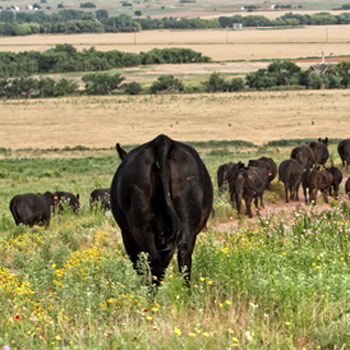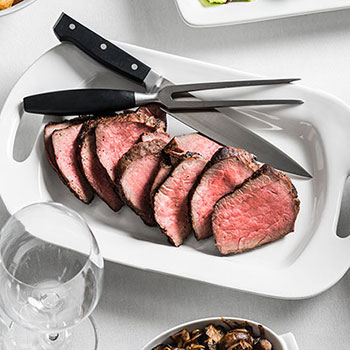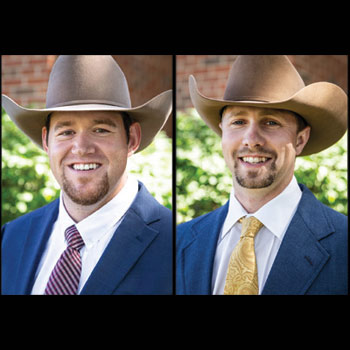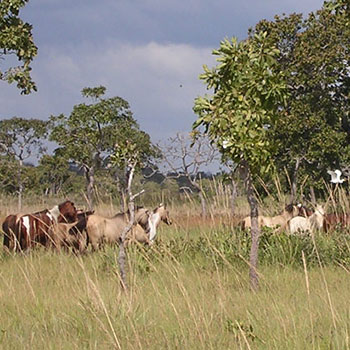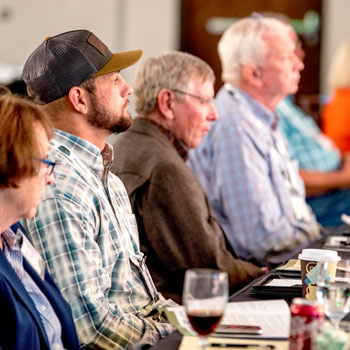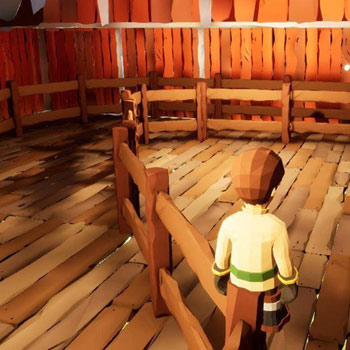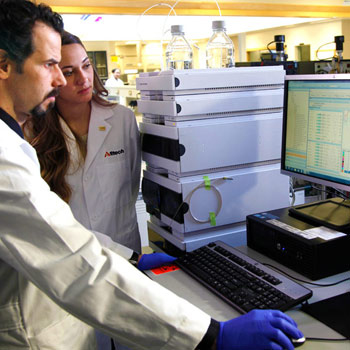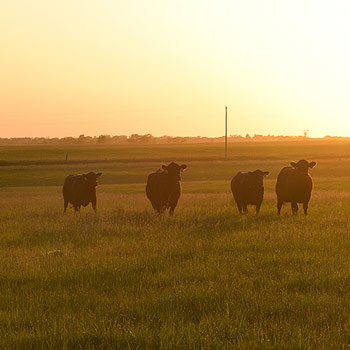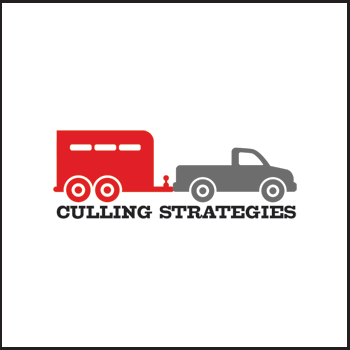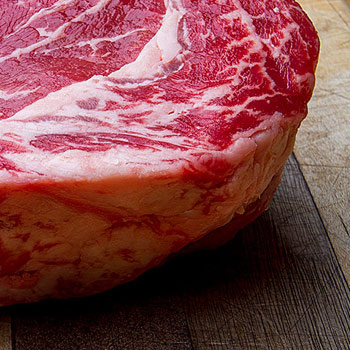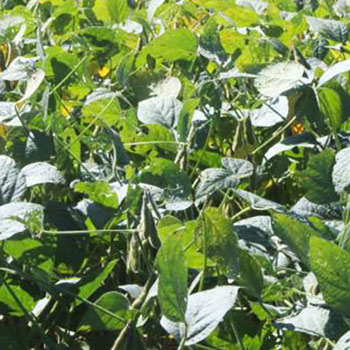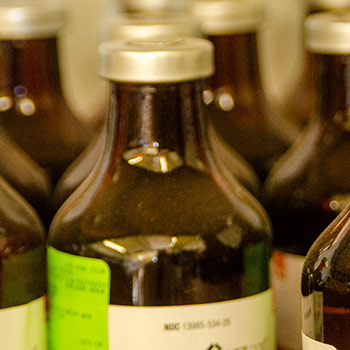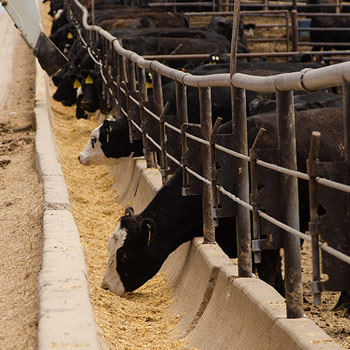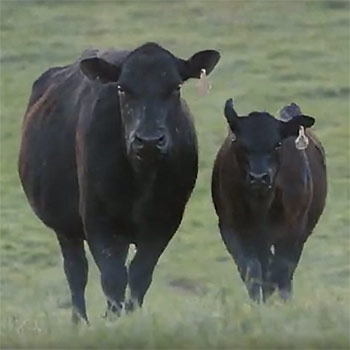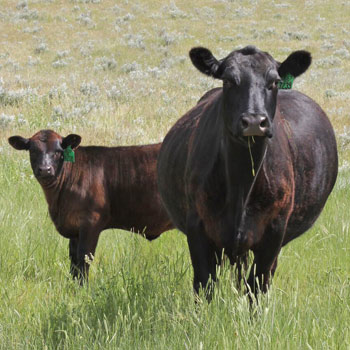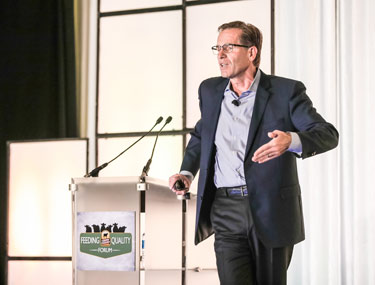Bony ‘Lumpy Jaw’ in Cattle

Understanding cause and early detection of lumpy jaw increase chances of recovery success.
There are two kinds of “lumpy jaw.” Soft-tissue abscesses caused by embedded foreign bodies, such as sharp grass seeds, are easy to treat by lancing, draining and flushing. However, a bone infection takes diligent effort to eradicate. Even treatment may not be successful.
Bill Lias, veterinarian with Interstate Vet Clinic, Brandon, S.D., says bone infections usually involve the lower jaw, but occasionally may affect the upper jaw. The causative agent is a bacterium called Actinomyces bovis. The technical term for this infection is Actinomycosis. We usually don’t know how the infection gets started, but since these bacteria live in the soil and are present in the environment, there must be a penetrating wound in the mouth, he explains.
A mouth wound could be caused by pieces of wire or other foreign material baled up in the feed, chewing on sticks or eating abrasive feed. When there are multiple cases on one farm, it’s usually due to very coarse feed, or sharp material in the feed.
When bacteria get into the bone, it’s usually a more penetrating wound than what typically causes a soft-tissue abscess. The infection/inflammation results in a bony enlargement, usually in the area of the central molars. Some lumps develop within a few weeks, while others enlarge slowly over several months. Unless treated, the bony infection continues and the lump — a mass of new bone — keeps getting bigger. It may break through the skin and discharge sticky fluid through one or more openings.
Lias says the ongoing infection may eventually damage the cheek teeth in that area of the jaw. Affected teeth may become loose and the animal may have trouble chewing.
Bacteria may enter the bone through the dental sockets when young animals are shedding their baby teeth and the permanent molars are starting to come in.
“This may be why the condition is seen most often in young cattle, such as 2- and 3-year-olds. When baby teeth are shed, the sockets may be exposed to injury from sharp material in the feed before the new teeth are fully erupted to fill those sockets. Stickers or other material may poke into them and create a route of entrance for bacteria. Both kinds of bacteria (the ones that cause bony lump jaw and the ones that cause soft-tissue abscesses) reside in the cow’s mouth, and any mouth injury may provide opportunity to invade,” he says.
Treatment is difficult. There really haven’t been any new treatments for bony lump jaw. The traditional use of sodium iodide solution given intravenously (IV) is still considered one of the better treatments, he says. Success of treatment hinges on how early this condition is detected. If it is caught early and treated aggressively, there is more chance for success. When there’s already a big bony lump, it’s tough to halt the infection.
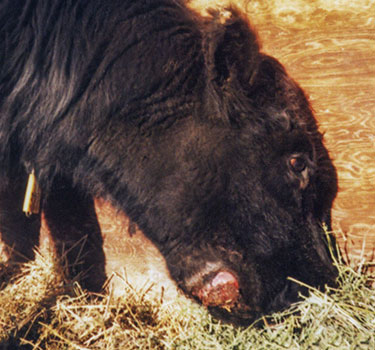 |
The infection/inflammation results in a bony enlargement, usually in the area of the central molars. Some lumps develop within a few weeks, while others enlarge slowly over several months. Unless treated, the bony infection continues and the lump — a mass of new bone — keeps getting bigger. It may break through the skin and discharge sticky fluid through one or more openings. |
Producers often wonder whether to treat the cow or just sell her. If she’s pregnant, they generally want to give her time to have that calf and raise it before they sell her.
“If it’s a young cow and she’s in pretty good shape when you notice early signs, she’d be a good candidate to treat. If she’s had 10 calves and has advanced swelling and bony lump on the jaw, you might not want to bother with treatment, and just salvage her. You might keep her around to raise one more calf if she hasn’t lost too much weight,” he says.
“These cows can get along with a bony lump for a while, but as the bone becomes more damaged, the teeth may get loose and it’s difficult to chew. Once the cow starts losing weight, she won’t milk very well, and won’t raise a good calf. If the cow isn’t doing well, the calf isn’t going to do well,” says Lias.
Editor’s note: Heather Smith Thomas is a cattlewoman and freelance writer from Salmon, Idaho.
